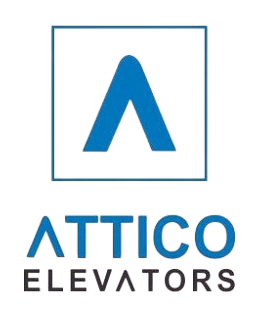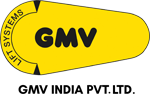We create customized elevators for homes, businesses, and industrial facilities. Our offerings include passenger elevators, car lifts, and machine room-less (MRL) elevators, among others.
Our Location
- DDA Local Shopping Complex, 306, National Arcade, Ghazipur, Delhi, 110096
- +91 9990979607
- atticoelevators@gmail.com
Social Media
Copyright © Attico Elevators 2024. All rights reserved.
We create customized elevators for homes, businesses, and industrial facilities. Our offerings include passenger elevators, car lifts, and machine room-less (MRL) elevators, among others.
Our Location
- DDA Local Shopping Complex, 306, National Arcade, Ghazipur, Delhi, 110096
- +91 9990979607
- atticoelevators@gmail.com
Social Media
Copyright © Attico Elevators 2024. All rights reserved.


